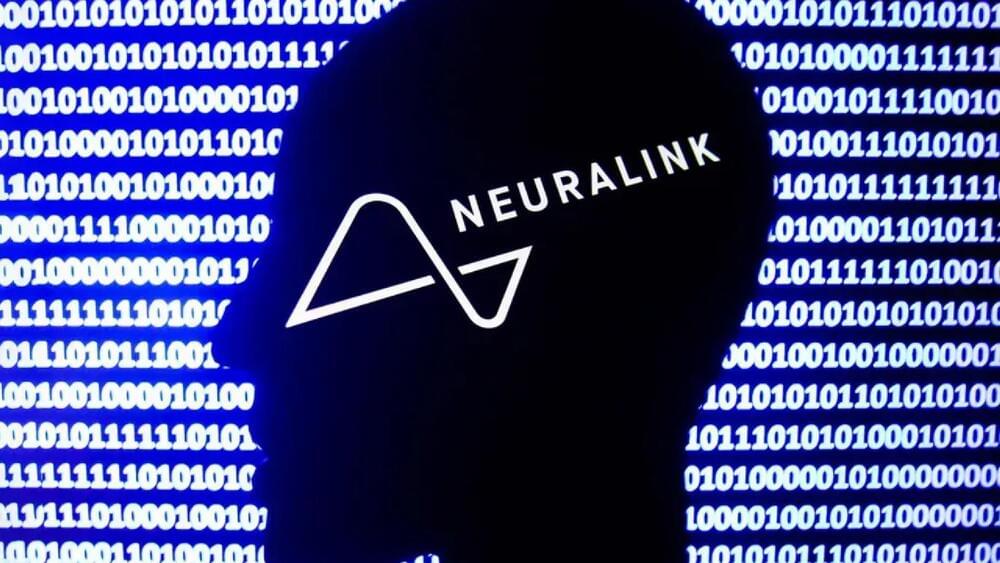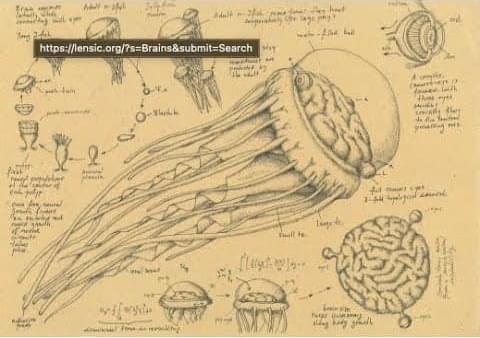Sep 21, 2023
Elon Musk Says Neuralink Could Slash Risk From AI As Firm Prepares For First Human Trials
Posted by Gemechu Taye in categories: Elon Musk, robotics/AI
Neuralink’s brain implants could help protect humanity from the risks of artificial intelligence, Elon Musk said on Wednesday, as the company prepares to launch its first in-human trials for the chips it hopes could restore lost functions to people with paralysis.
Neuralink will hopefully play a role in cutting the “civilizational risk” artificial intelligence poses to humanity, Musk said in a post on X.
The implantable tech will allow humans to interact with computers with their thoughts alone and should improve our abilities to communicate with AI “by several orders of magnitude,” Musk explained.

















